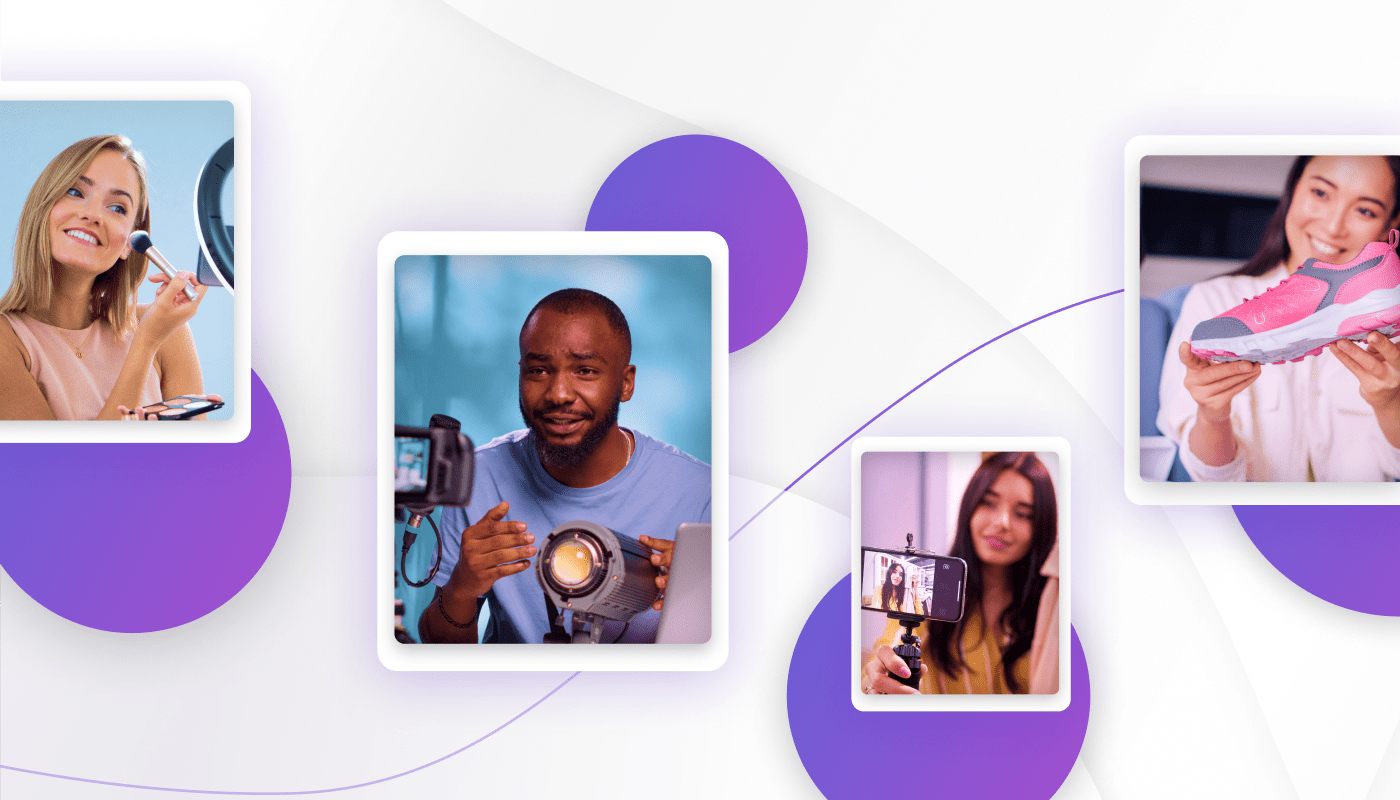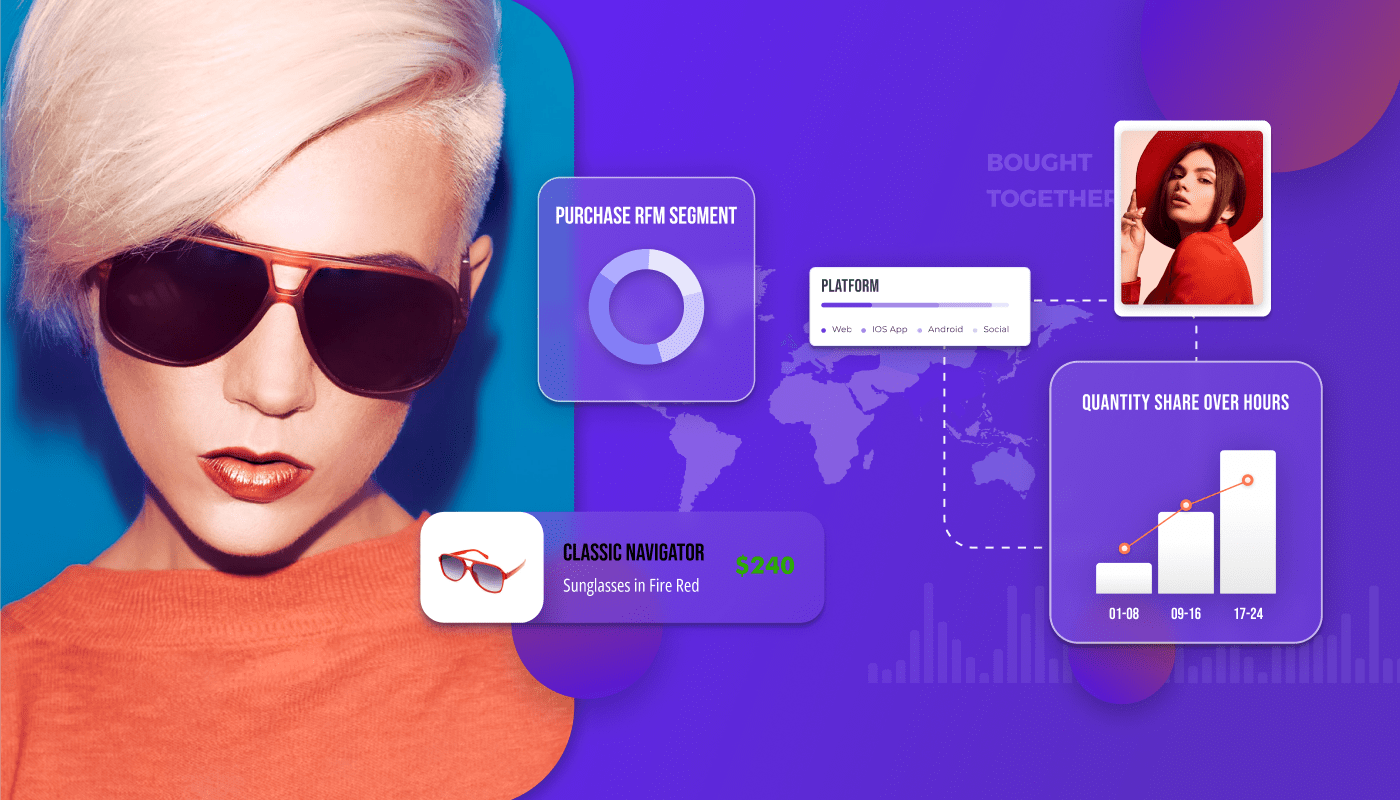One of the biggest challenges that ecommerce companies face on a daily basis is building customer loyalty. Constantly competing for attention, it is necessary to find new ways to connect with shoppers and get your message across. On such rough terrain, content generated by the users for the users can be one of your biggest allies.
90% of consumers believe user reviews impact their purchasing decisions more than promoted or sponsored content. Similarly, two-thirds of users think it contributes positively to a more reliable and genuine buying experience.
What is User-Generated Content (UGC)?
UGC can include content created by customers, influencers, experts, and even brand employees. It can also take on many forms from traditional text-based product reviews to styled photos and video tutorials.
Providing a fresh perspective for any ecommerce company, UGC is sought after in some industries more than others. According to a Forrester study on shoppertainment, fashion, electronics, and cosmetics are the top sectors where customers want more UGC. Whether it is published on social media or integrated into the brand’s channels, it provides easy access to social proof accelerating the buying journey.
Brands that successfully incorporate user-generated content into their product and marketing strategy guarantee higher engagement with their audience. Common themes include a strong focus on visual elements and incentivizing users to share content through various models.
Here are 5 inspiring examples that can elevate product experiences in ecommerce:
1. Shoppable social feeds
Shoppable social feeds are collections of social media posts, such as videos and photographs, that have been assembled in the style of a gallery and integrated with ecommerce websites so that customers can view, interact with, and buy the brand’s goods. Such feeds are developed by asking customers to tag their brand products and looks with a certain hashtag that the brand can track.
Adding shoppable social feeds to your website provides users with an enticing source of inspiration.
Users may see how a product looks in real life, its aesthetics, or how the product can benefit them, making it authentic and engaging. Whilst shoppable galleries allow users to see how others have styled your products and how it looks on different body types, they also allow existing customers to become ambassadors of your brand. This can increase conversion rates, engagement, and traffic for your business.
All Saints used social user content by dedicating a gallery page on their website for sharing Instagram posts. Users are asked to mention @AllSaints on their posts or to upload their images through the gallery page to be featured. Once a post is featured, the user’s social media tag, the image, caption, and items featured in the post appear. This gallery allows customers to engage with user-generated content and easily access products they are interested in.
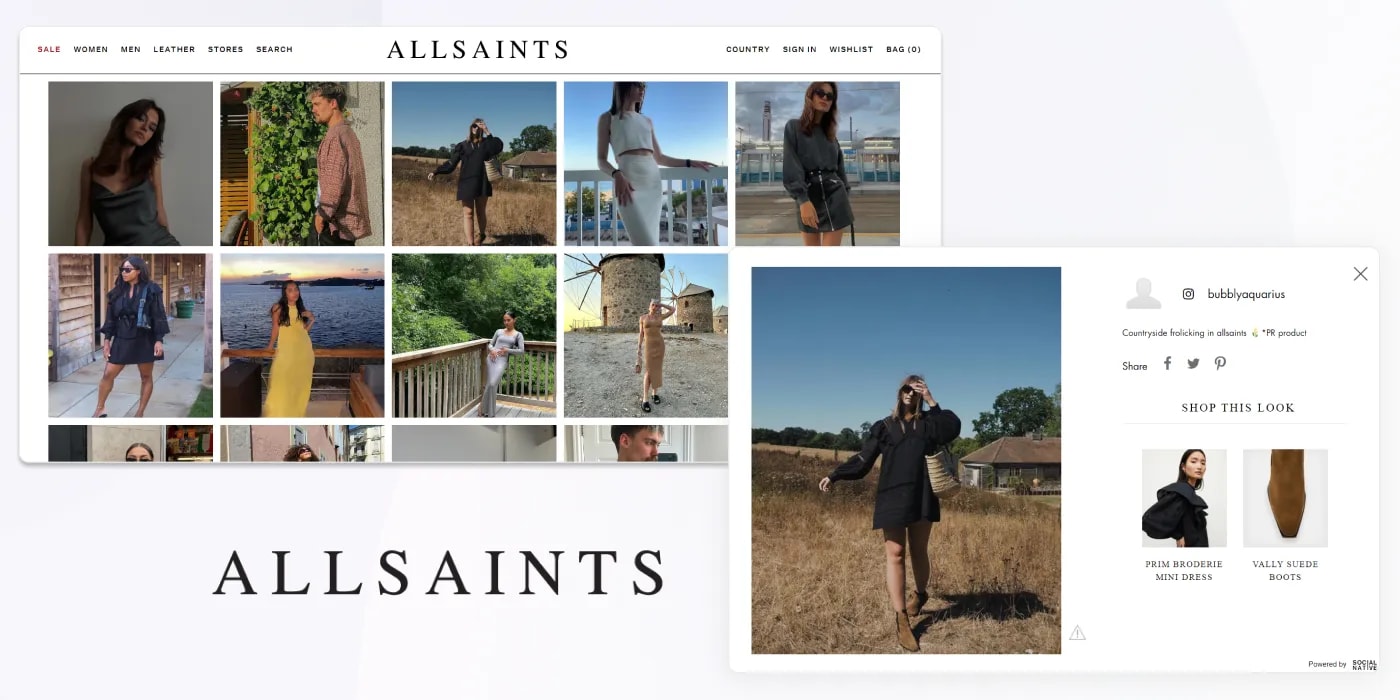
2. Product page uploads
In one study, product pages with at least one review had a 354% higher conversion rate and a 446% higher revenue per visitor than product pages without reviews — regardless of whether or not visitors interact with review material. There are a few ways in which you can enrich your product pages with direct user inputs:
Photo Uploads.
Allow users to contribute their own photos to each product page. Customers are more likely to trust your products when they see them in real-life situations rather than when styled by your brand. One in three buyers claims that seeing pictures of products from other customers is important when making a purchasing decision.
To increase photo uploads, you can send out post-purchase emails with added encouragement such as extra loyalty points or contest prizes.
Particularly for product categories like fashion, food and drink, home furnishings, health and beauty, and pets, real user images are essential. Fossil offers a review feature on its product detail pages, allowing customers to rate their products, leave comments, upload photos, and even attach videos.
Add a Q&A Section.
Such a section lets customers openly ask questions, and help others who might have similar concerns. Product pages with Q&As can have a 447% greater conversion rate than those without.
Questions you receive through this feature can also help you improve your product descriptions by identifying information gaps and organically boosting your SEO. Adding a Q&A to your product description pages also allows you to provide clarity to your customers and support them during key moments in their decision-making process. American shoe retailer, Cole Haan, recognizes the importance of adding a Q&A section. The brand allows customers to leave reviews and questions on product pages, which are answered by the Cole Haan staff.
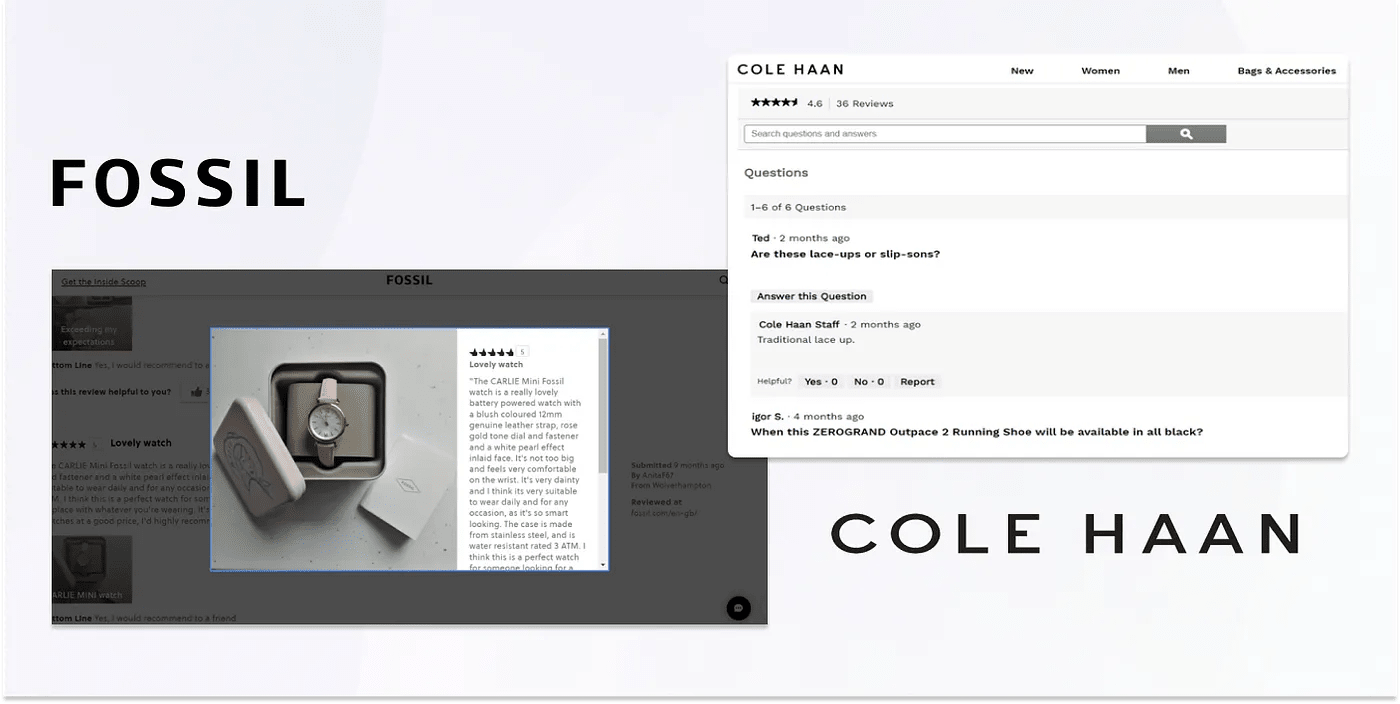
3. Haul & try-on videos
These are homemade videos of influencers presenting and trying on their new purchases, that are usually uploaded on YouTube, Instagram, and TikTok. You might think of haul and try-on videos as just a fun way to show off exciting new items, but over the years, it’s become a powerful marketing tactic that has helped millions of content creators connect with their expanding audiences and increase brand awareness.
Hauls are a fantastic addition to any marketing plan because they usually concentrate on certain product releases or niche campaigns.
Being unable to physically view products is still a major deterrent for consumers in the age of internet shopping. Try-on videos are a great solution for that. They provide a real glimpse into your products in a way that conventional advertising cannot. Such videos also add spontaneity and intrigue, shining a light on influencers’ lifestyles and engaging viewers whilst introducing products.
The best way to use hauls to your benefit is to collaborate with influencers who already have a sizable fan base. You’ll be able to tap into a new audience with potentially high purchasing intent. Brands such as Shein and Zara are practically owning the haul scene. Shein content ranks first among all haul videos on TikTok with an astonishing 2.5 billion views, whilst Zara’s try-on videos come in second place with 873 million views.
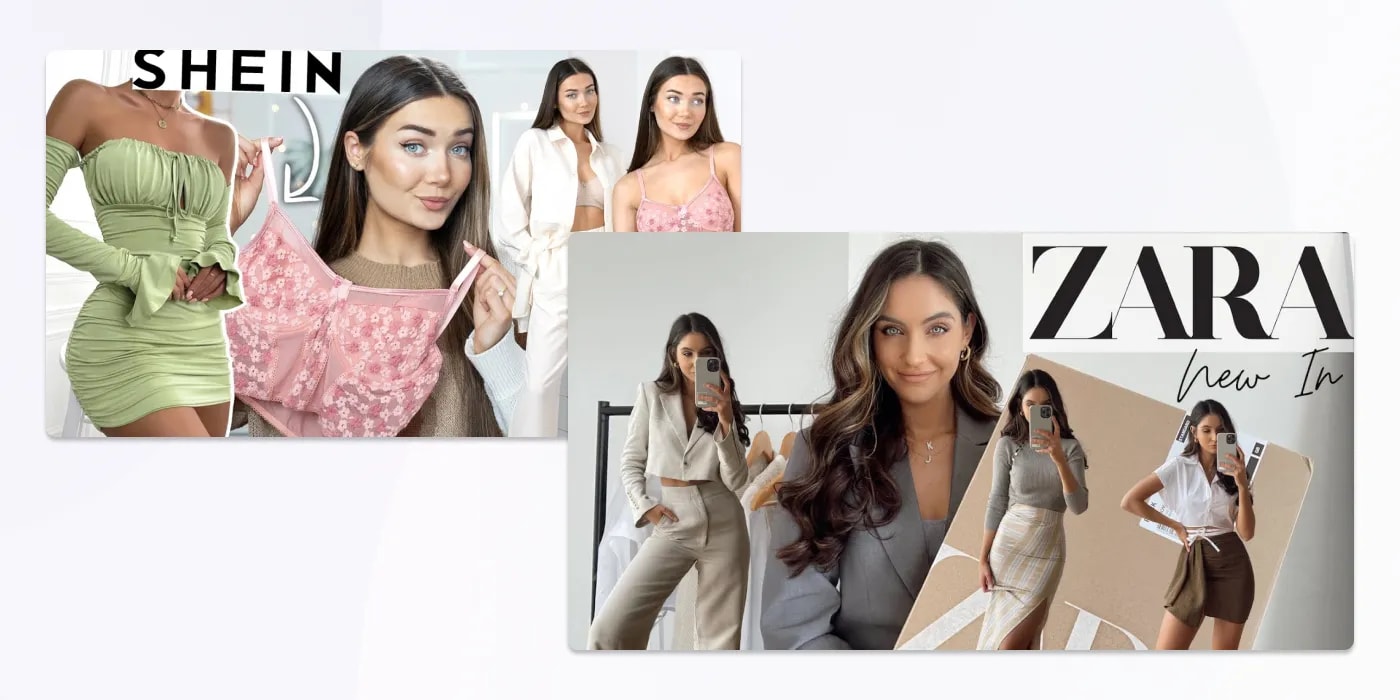
4. Expert demos and reviews
Expert demos/reviews are lifesavers for customers looking to buy a technically complex product such as a laptop or camera and don’t want to go through floods of research. The reviews come in various forms such as videos, live reviews, and blog posts. This type of user-generated content plays a critical part in the customers’ decision-making process as it provides a comprehensive and objective review of the product, outlining important features that the customer might be unaware of.
Expert reviews provide detailed explanations of your product, assist customers, and shorten their decision-making process.
Marques Brownlee created his YouTube channel in 2009 to deliver expert reviews regarding products such as phones, monitors, and laptops. He currently has over 16 million subscribers and posts one 8 to 18-minute video a week evaluating tech products. Brownlee’s top-viewed video was a review of the Game Boy and received over 39 million views. Because of his wide audience, numerous well-known tech companies, like Samsung, Apple, and Tesla, advertise their products through his channel.
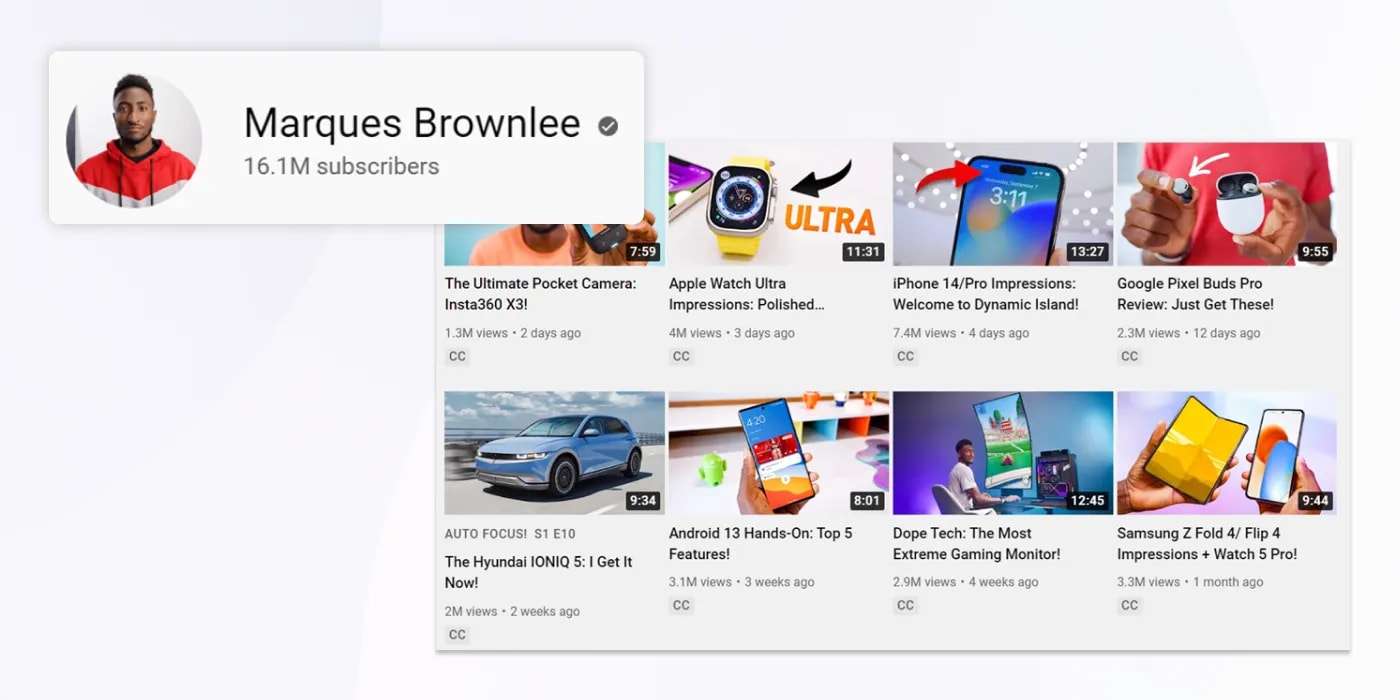
5. Employee tutorials
Employee tutorials are also a great way to add value to your product. They can demonstrate how to use or style the product as well as special tips and tricks.
These tutorials can improve customers’ product know-how by providing an engaging experience through your employees — aka product ‘gurus’.
Leroy Merlin, a French home improvement retailer, wanted to assist DIY beginners with their remodeling and construction projects. They decided that the best solution is to create how-to videos featuring their employees, as this would create both online and offline traffic for the brand. The videos were uploaded to the brand’s website and social media platforms such as YouTube. They managed to create almost 200 videos in 6 months and generated a substantial amount of traffic, with 22 million views across videos created. By leveraging their employee’s expertise, Leroy Merlin created content that assisted their customers and provided a human touch to their experience.
Similarly, fitness equipment retailer, Bowflex, creates assembly, how-to-fix, and workout videos using employees. The videos are shared on Bowflex’s YouTube channel, which currently has 933K subscribers. The large sports retailer, Decathlon, also follows a similar model. Decathlon features homemade employee workout videos on their YouTube channels, to support customers with fitness content and provide a human touch.
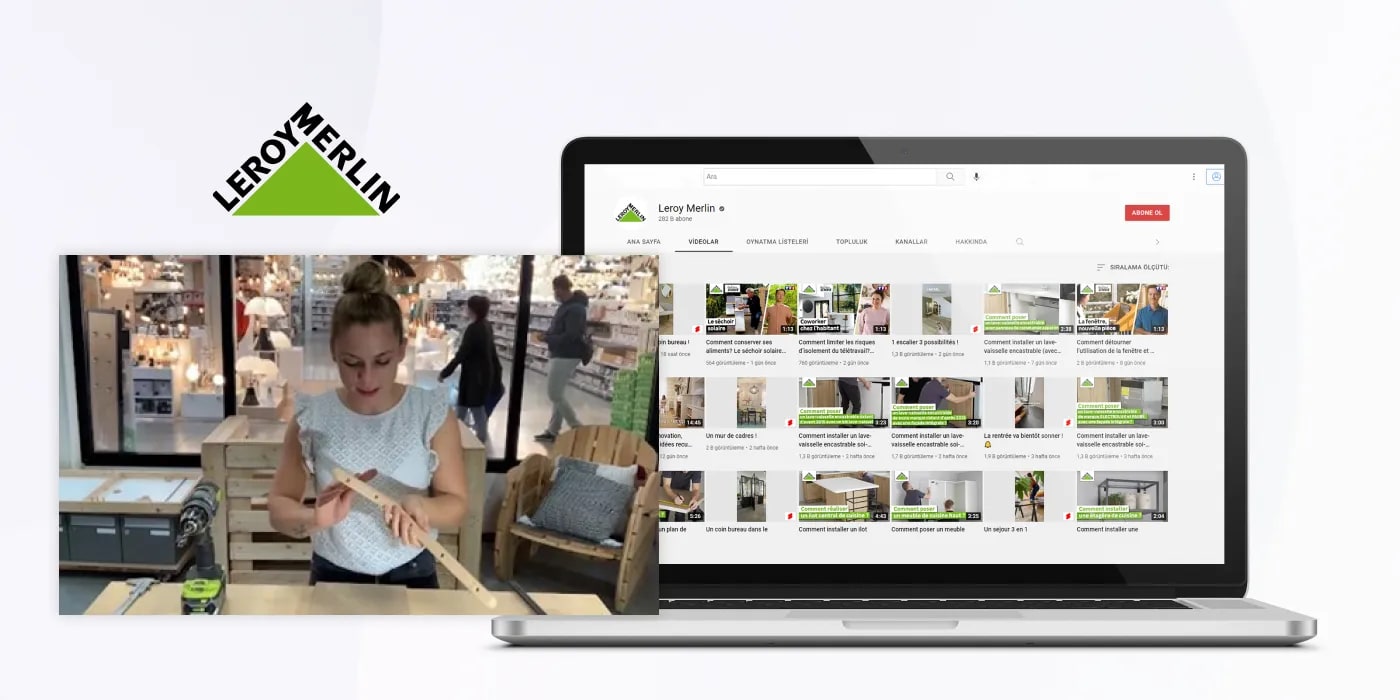
Final Thoughts
When it comes to boosting shopper confidence and influencing purchasing decisions, user-generated content is outperforming conventional marketing strategies. UGC comes in many different forms, and it is important to keep in mind your customers’ needs and wants.
Brands that want to engage customers must discover ways to include UGC throughout the whole customer journey — not just the product page. If done right, UGC allows customers to actively take part in a brand’s growth story fostering long-term trust and loyalty.
